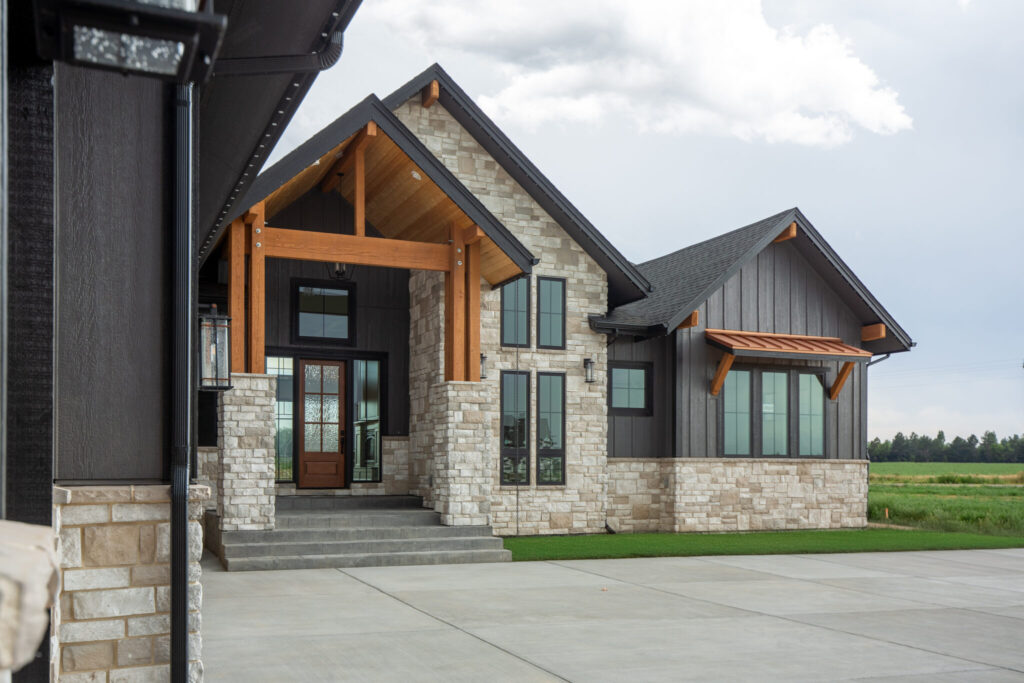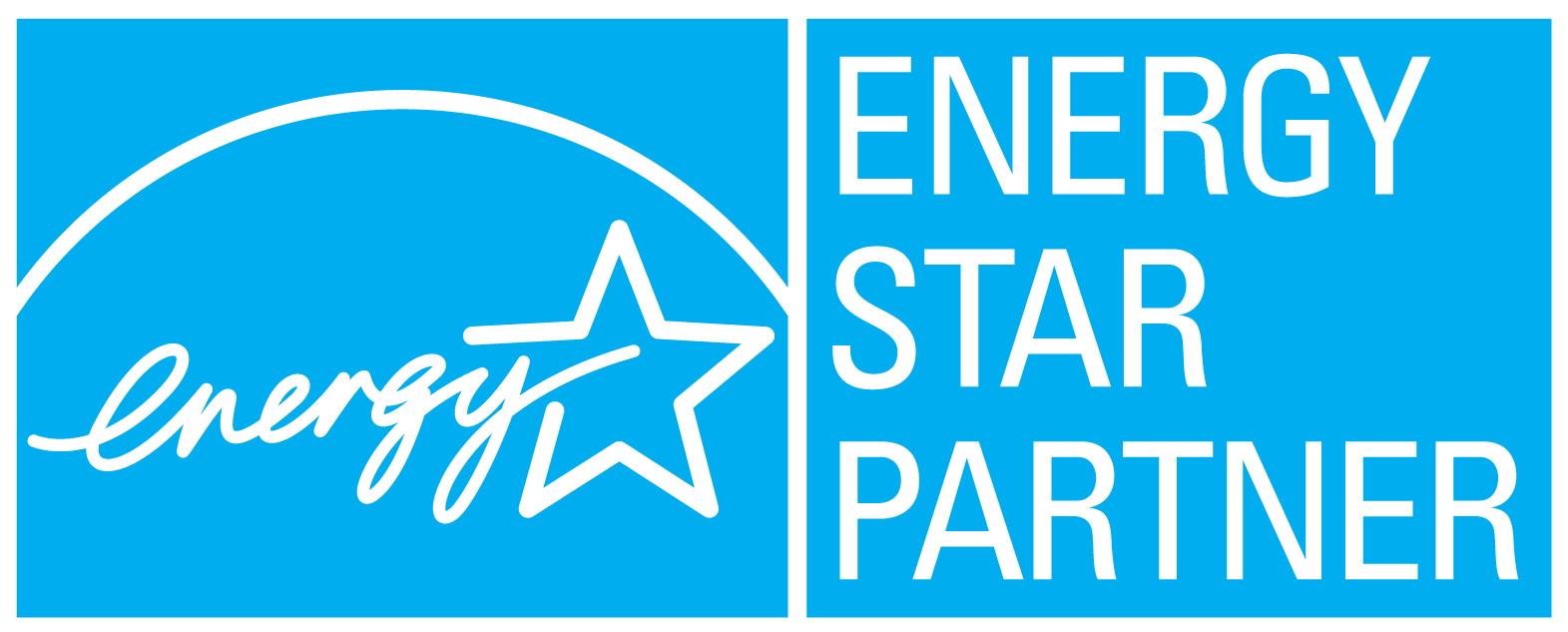When you’re first getting ready to build your dream home, there are many construction terms and practices that may be confusing. One of the first and most important decisions you’ll need to make is choosing between “design/bid/build” and “design/building” contractors. However, if you’ve never worked with a home builder before, the differences between these two approaches probably aren’t obvious.
Easton Homes, a renowned Colorado home design and construction firm, specializes in the design/bid/build method, ensuring top-quality results for every project. But to understand why that’s so important, you have to understand what it means regarding our processes. Let’s delve into the differences between these methods and why working with a design/bid/build builder like Easton Homes is often the best choice for custom luxury homes.
What Is the Design/Bid/Build Approach?
The design/bid/build method is a traditional and widely utilized approach to home construction that separates the design and construction phases are divided into three primary stages: design, bidding, and construction. Each phase is handled by different professionals, providing a structured and systematic approach to building. This method emphasizes thorough planning and competitive bidding to achieve high-quality results and cost efficiency.
Design Phase:
The design phase is the first step in the design/bid/build process, where architects and designers work closely with the homeowner to develop detailed plans and specifications for the project. This phase includes:
- Initial Consultation: The homeowner shares their vision, needs, and budget with the design team.
- Conceptual Design: Architects create preliminary sketches and concepts based on the homeowner’s input.
- Detailed Design: Once the initial designs are approved, the architects develop detailed blueprints, including structural, electrical, and plumbing plans.
- Final Approval: The homeowner reviews and approves the final design before moving to the next phase.
The design phase ensures that every aspect of the home is meticulously planned, reducing the likelihood of changes and delays during construction.
Bidding Phase:
Once the design is finalized, the project moves into the bidding phase. This phase involves:
- Preparation of Bid Documents: The detailed design plans and specifications are compiled into a comprehensive bid package.
- Solicitation of Bids: The bid package is sent to multiple contractors, who prepare their bids based on the provided documents.
- Evaluation of Bids: The homeowner and design team review the submitted bids, comparing the costs, timelines, and qualifications of each contractor.
- Selection of Contractor: The most suitable bid is chosen, considering factors such as cost, experience, and reputation.
The competitive bidding process helps ensure that the project is completed within budget while maintaining high standards of quality and workmanship.
Construction Phase:
The construction phase is the final stage of the design/bid/build process, where the chosen contractor executes the project based on the approved design. This phase includes:
- Pre-Construction Meeting: A meeting is held with the homeowner, design team, and contractor to discuss the project timeline, expectations, and any final details.
- Site Preparation: The construction site is prepared, including clearing, excavation, and laying the foundation.
- Building Process: The contractor follows the detailed design plans to construct the home, with regular inspections and quality checks.
- Project Completion: Once construction is complete, a final inspection is conducted to ensure that all work meets the required standards. The homeowner takes possession of their new home after any final adjustments or touch-ups are made.
The design/bid/build method has been a cornerstone of the construction industry for many decades. Its origins can be traced back to the early 20th century when the need for a more structured and accountable approach to building projects became apparent. The method’s separation of design and construction responsibilities provided clear lines of accountability and specialization, which proved effective in managing complex projects.
Today, the design/bid/build method remains a popular choice for residential, commercial, and public construction projects. Its systematic approach and emphasis on thorough planning and competitive bidding make it a reliable method for achieving high-quality results within budget. Many homeowners and developers appreciate the transparency and control offered by the design/bid/build method, as it allows for detailed planning and informed decision-making at each stage of the project.
What Is the Design/Build Approach?
The design/build method is often touted as a streamlined approach to home construction, integrating both the design and construction phases into a single process. This method is characterized by having one entity responsible for the entire project, from initial design concepts to final build. While this integration can offer benefits in terms of efficiency and communication, it also comes with significant drawbacks that can compromise quality and transparency.
Concurrent Phases
One primary characteristic of the design/build method is the concurrent progression of design and construction phases. Unlike the design/bid/build method, where the design must be fully completed before construction begins, design/build allows these phases to overlap. This means that while parts of the design are being finalized, construction can already commence on certain aspects of the project. This overlapping can significantly shorten the overall project timeline but often leads to hasty decisions, rushed work, and increased potential for costly mistakes that might only become apparent after construction is underway.
Single Point of Responsibility
One hallmark feature of the design/build method is the single point of responsibility. While this might seem like an advantage, it means that the design/build firm has control over every aspect of the project without the checks and balances provided by separate design and construction teams. This can simplify communication and decision-making but also reduces accountability, as the firm can easily downplay or ignore design flaws or construction issues without independent oversight.
Some homeowners and developers favor the design/build approach for its simplicity and speed, but this can be misleading. By consolidating design and construction responsibilities under one roof, the design/build method may offer a more integrated approach to project planning and execution. However, this integration can often lead to compromises in design quality and a lack of thorough, independent oversight. The design and construction teams, working too closely from the outset, can result in innovative but sometimes untested solutions that might not hold up in the long run.
Comparing Design/Bid/Build and Design/Build
When it comes to custom luxury projects, the choice of construction method can significantly impact the quality, cost, and overall success of the project. While the design/build method offers a streamlined process, it may not be the best fit for the unique demands of custom luxury projects. Here’s why the design/bid/build method is often a better choice for such high-end undertakings.
1. Quality Assurance and Detail Orientation
Design/Bid/Build: The design/bid/build method involves a separate, detailed design phase where architects and designers work closely with the homeowner to create comprehensive plans. This phase ensures every detail is meticulously planned, allowing for a high level of customization and precision. The competitive bidding process then attracts skilled contractors who are committed to delivering high-quality workmanship to win the contract.
Design/Build: In the design/build method, the same firm handles both design and construction, which can sometimes lead to compromises in design details due to overlapping phases. While the design/build approach can be efficient, it might not allow for the same level of thoroughness and attention to detail that luxury projects require.
2. Cost Control and Transparency
Design/Bid/Build: The bidding phase in design/bid/build provides transparency and competitive pricing, as multiple contractors bid on the project based on detailed plans. This process helps homeowners understand the cost breakdown and ensures they get the best value for their investment. Additionally, the separation of design and construction phases means that changes and customizations can be accurately costed before construction begins.
Design/Build: In the design/build method, cost estimates are often provided as a lump sum, which can lack the same level of transparency. Changes or customizations during the project may lead to additional costs. Without a competitive bidding process, homeowners may not have the assurance that they are getting the best possible price.
3. Accountability and Quality Control
Design/Bid/Build: With distinct roles for designers and contractors, the design/bid/build method establishes clear lines of accountability. Designers focus solely on creating the best possible plans. At the same time, contractors are responsible for executing these plans to the highest standards. This separation provides a system of checks and balances, ensuring that both design and construction meet the desired quality.
Design/Build: In the design/build method, having a single entity responsible for both design and construction can lead to potential conflicts of interest. The primary goal of the firm might lean towards efficiency and cost-saving, which can sometimes compromise the quality and customization needed for luxury projects.
4. Flexibility and Customization
Design/Bid/Build: Luxury projects often require extensive customization and the flexibility to make changes during the design phase. The design/bid/build method allows for comprehensive planning and adjustments before the construction phase begins. Homeowners can make informed decisions with the help of detailed designs and thorough cost analyses.
Design/Build: The overlapping phases in the design/build method might limit the flexibility to make significant changes once construction has started. While some design/build firms may accommodate changes, the process might not be as structured or transparent, potentially leading to increased costs and delays.
5. Specialized Expertise
Design/Bid/Build: Custom luxury projects often benefit from the specialized expertise of both high-end designers and top-tier contractors. In the design/bid/build method, homeowners can select the best professionals for each phase of the project, ensuring that both design and construction are handled by experts in their respective fields.
Design/Build: Design/build firms may not always have the same level of specialized expertise in both design and construction. While some firms excel in both areas, the method’s integrated approach might not always provide the same level of specialized attention required for luxury projects.
Overall, while the design/build method may appear simpler, the design/bid/build approach is generally more suitable for custom luxury projects due to its focus on detailed planning, cost transparency, accountability, flexibility, and specialized expertise. By choosing the design/bid/build method, homeowners can ensure that their luxury project is executed with the highest standards of quality and customization, resulting in a truly unique and meticulously crafted home.
Benefits of Design/Bid/Build with Easton Homes
Choosing the design/bid/build method with Easton Homes offers several significant advantages:
- Quality Assurance: The detailed design phase ensures precision and quality from the outset. The competitive bidding process attracts high-quality contractors who strive to deliver top-notch workmanship.
- Cost Control: The transparent bidding process helps manage the budget effectively, providing homeowners with a clear understanding of upfront costs. Detailed contracts minimize unexpected expenses, ensuring financial peace of mind.
- Clear Accountability: The separation of roles between designers and builders creates a system of checks and balances, preventing conflicts of interest and ensuring accountability. This clear delineation of responsibilities enhances project integrity and quality control.
- Enhanced Communication: Structured communication channels between designers, contractors, and clients foster transparency and collaboration. Regular updates keep homeowners informed and involved throughout the project, building trust and confidence.
In short, Easton Homes offers top-quality services and clear communication, allowing us to build custom luxury homes with fewer complications and achieve better results for our clients.
Easton Homes: Offering Comprehensive, Quality Design/Bid/Build Home Construction Services
Understanding the differences between design/build and design/bid/build methods is essential for making informed decisions about your home construction project. While both approaches have their merits, the design/bid/build method, as practiced by Easton Homes, offers distinct advantages in terms of quality assurance, cost control, accountability, and communication.
Choosing a design/bid/build builder like Easton Homes ensures that your project will be handled with the utmost care, precision, and professionalism. With a commitment to excellence and a proven track record of success, Easton Homes is your trusted partner in bringing your dream home to life.Ready to start your home construction project with Easton Homes? Contact us today to schedule a consultation, or visit our website for more information. Take the first step towards building your dream home with confidence and peace of mind. Let us help you turn your vision into reality with our expert design/bid/build approach.








